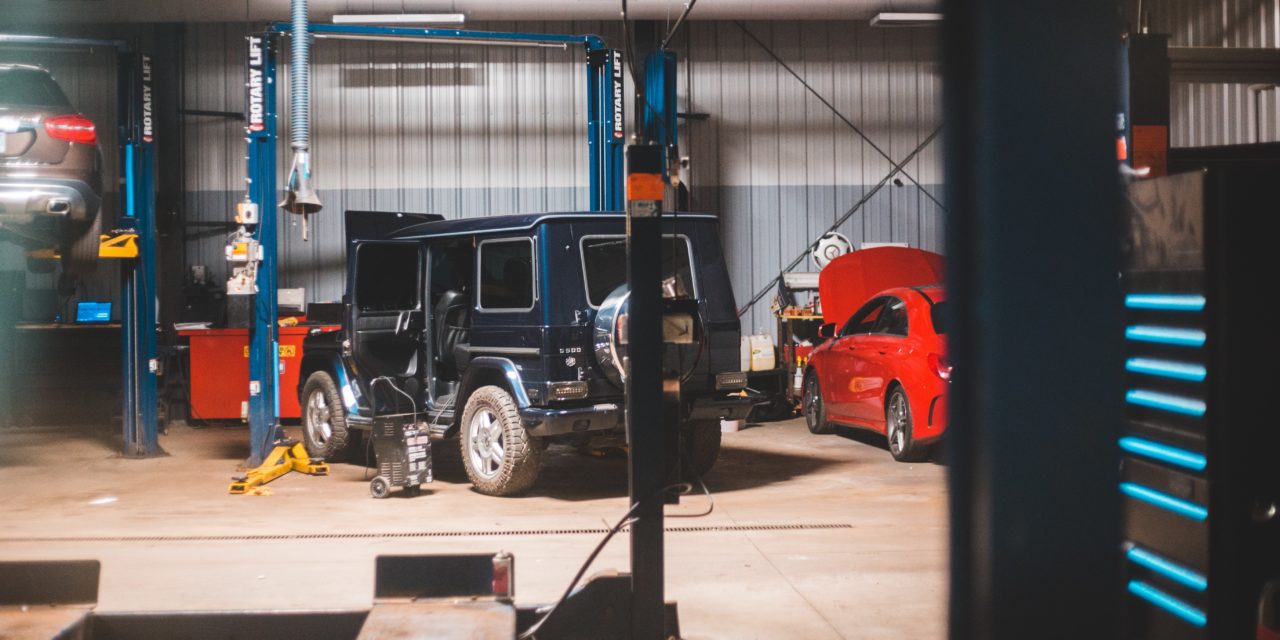[ad_1]
Dean Lowry joined Joe Vittone and his VW dealership Economotors in Riverside, California in 1955. After realizing how easy it was to repair and service Volkswagen Dean learned all he could and increased his skill level. He decided to make a career of Volkswagens and increasing their performance on the drag strip.
While working for Century Motors in Alhambra, California, Dean helped to build a racing VW beetle that he raced regularly for five months. He then built a dragster with a Porsche engine and began campaigning it in several local drag racing events.
Joe asked Dean to return to Economotors in 1963 and began once again to work with EMPI performance parts. He developed exhaust systems, carburetor kits and valve kits. At this time, Dean built the famous Inch Pincher race VW, one of the most famous race cars.
In 1968 Dean left Economotors again and partnered up with his brother Ken to start their own VW repair and service shop in Santa Ana, California. The brothers wanted to focus solely on building and repairing VW engines full time. This new business was called Deano Dyno-Soars, after Dean's nickname of Deano or Dino.
The Lowry brothers stuck with the dinosaur theme throughout their business, and took up the color purple. They created the Purple Dyno-Soar engine, which was painted purple. The racecars and even their service shop was also colored purple. It became their trademark color.
The Lowrys often went drag racing with Dean's daily driver, a 1954 VW sedan with a 2180cc engine. The car had been lightened to reduce the weight. Custom lightweight spun-aluminum wheels were designed specifically for drag racing VWs and made their debut on the Dyno-Soar racing vehicle. It's best time was 11.62 sec and was the car to beat in the NHRA H/Gas class.
One major advancement Deano Dyno-Soar made in the VW racing world was developing an aftermarket crankcase that allowed VW engines up to the size of 3 liters to be built and housed in the rear engine compartment. It was known as the Ultra Case. Deano Dyno-Soar also designed and developed the first set of aftermarket cylinder heads for VW drag racing. They allowed larger valves to be used than a regular VW head.
After winning numerous races and trophies, they decided to retire the drag racing VW in 1972. The business also called its doors in 1972 and the brothers went their separate ways.
[ad_2]
Source by Blaine Seaward

